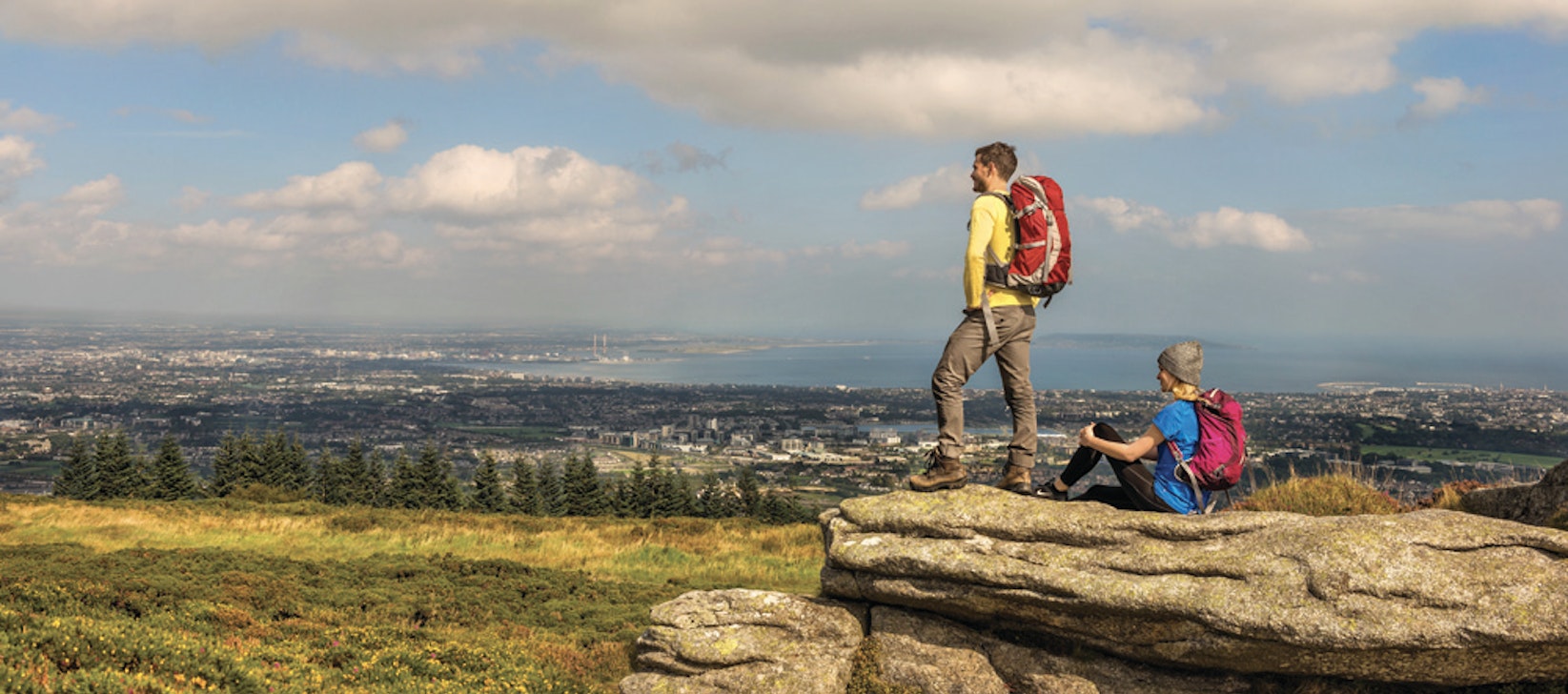Tourism is the lifeblood of every major city: it provides jobs and revenue, incentivises the preservation of cultural heritage, and allows the exchange of ideas and inspiration.
By reframing Dublin as an experience brand, we are futureproofing Dublin’s tourism economy. The Grow Dublin Taskforce (GDT) was established by Fáilte Ireland in 2012 and brought together stakeholders from industry, State agencies, local authorities and international destination experts to devise a strategy to reverse the downward trend in tourism to Dublin, and drive growth in the period to 2020.
The GDT strategy was published in early 2014 and highlighted the approach that should be taken to restore growth from major markets, centred around a new and distinctive proposition: ‘Dublin is a vibrant capital city bursting with a variety of surprising experiences – where city living thrives side-by-side with the natural outdoors.’
“Dublin visitor numbers rebounded to 4.5 million in 2015. However the city is not reaching its potential and is behind that of its European Competitor cities.”
While Dublin tourism has experienced recovery, the city is underperforming against its potential. Overseas visitor numbers to Dublin plummeted by nearly a quarter from more than 4.4m in 2007 to just 3.4m in 2010, but recovered to a projected 4.5m in 2015.
However, growth remains below that of Amsterdam, Prague, Berlin, Copenhagen & Edinburgh. Each of these cities has built on its visitor appeal and image by adopting a strategic approach to improve the visitor experience and meet the city’s brand proposition. Between 2008-2013 Berlin grew international bednights by almost 11% and Copenhagen by more than 8%, compared to a European average growth rate of 5%.
Dublin as a brand
Research on Dublin’s brand image showed the city falling behind, with an indistinct, somewhat grey and dull image and little awareness of what the city has to offer beyond drink-filled evenings. The research identified that there is a gulf between the image of Dublin in the minds of potential visitors and the reality.
We need to overcome barriers in terms of Dublin not being on the radar, being seen as dusty and old-fashioned and that there is not enough to see and do. In addition two fundamental truths were identified in the research:
- Across all markets & segments, there was a striking ignorance of Dublin;
- There is an inability to make a distinction between Dublin & the rest of Ireland.
- The vision has been to re-invent Dublin from a city defined mainly as an alcohol-fuelled party city to a ‘must visit’ destination with an evolving breadth and depth of stimulating experiences to see and do.
In 2015, the Grow Dublin Tourism Alliance (GDTA) – which will implement GDT’s strategy—developed a new brand for Dublin that embodies the essence of the city and engages foreign visitors and locals alike. This creative platform works for Dublin on two levels:
(i) Dublin sits smack in between the mountains and the sea. A holiday in Dublin is so much more than just a city break – you’ve got almost immediate access (only 20 minutes to mountains or coastal villages) to a multitude of outdoor adventures, and the city itself is full of open spaces permeated by the refreshing sea and mountain air.
(ii) Dublin is also a breath of fresh air in the sense that a holiday here is not your typical tourist break. This vibrant city is full of exhilarating experiences and has wit and charm in abundance. Dublin is a city that you can authentically discover in a way unlike anywhere else.
The ‘Dublin – A Breath of Fresh Air’ campaign is being led by Fáilte Ireland, in collaboration with multiple stakeholders. The new strategy is being financed through a joint public/private marketing fund, with contributions from Fáilte Ireland, the four Dublin local authorities, the Irish Hotel Federation and others in the private sector.
We are in a vastly different landscape than in 2012 when this journey started. There has been a global upturn, reflected here in Ireland. Thanks to improved exchange rates and access, Dublin finds itself in an excellent position to capitalise on this. However, we cannot rest on our laurels and must build on recent growth to ensure that we can compete in the future.






